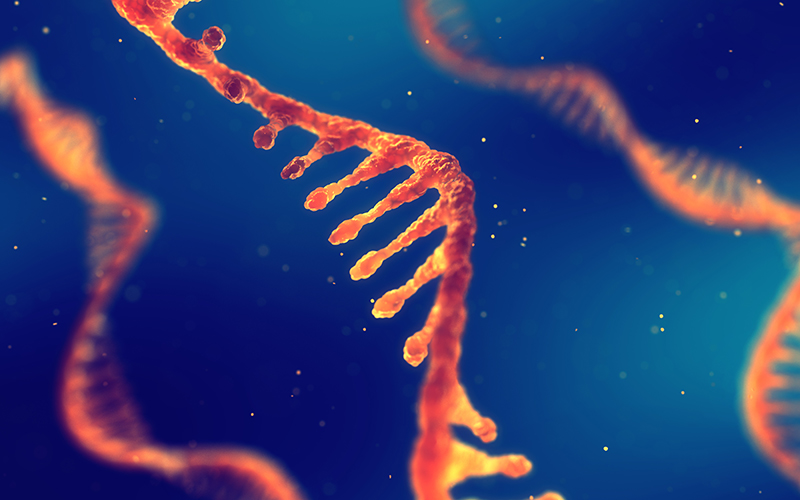A new biosensor chip that boasts an accurate and inexpensive design may increase accessibility to high-quality diagnostics, it is claimed.

It identifies biomarkers by measuring how binding occurs between DNA strands and the device.
Its modular design lowers costs by making it easier to mass produce and allowing the most expensive components to be reused.
Like other DNA biosensors, the device takes advantage of the fact that a single DNA strand, when not paired with another within the familiar double helix, is primed for chemical bonding. Part of the device is coated with single strands of DNA.
When these “probes” encounter DNA biomarkers that have a corresponding, or complementary, genetic sequence, the two strands bind, sending a signal that is picked up by the device.
Image credit | Shutterstock



